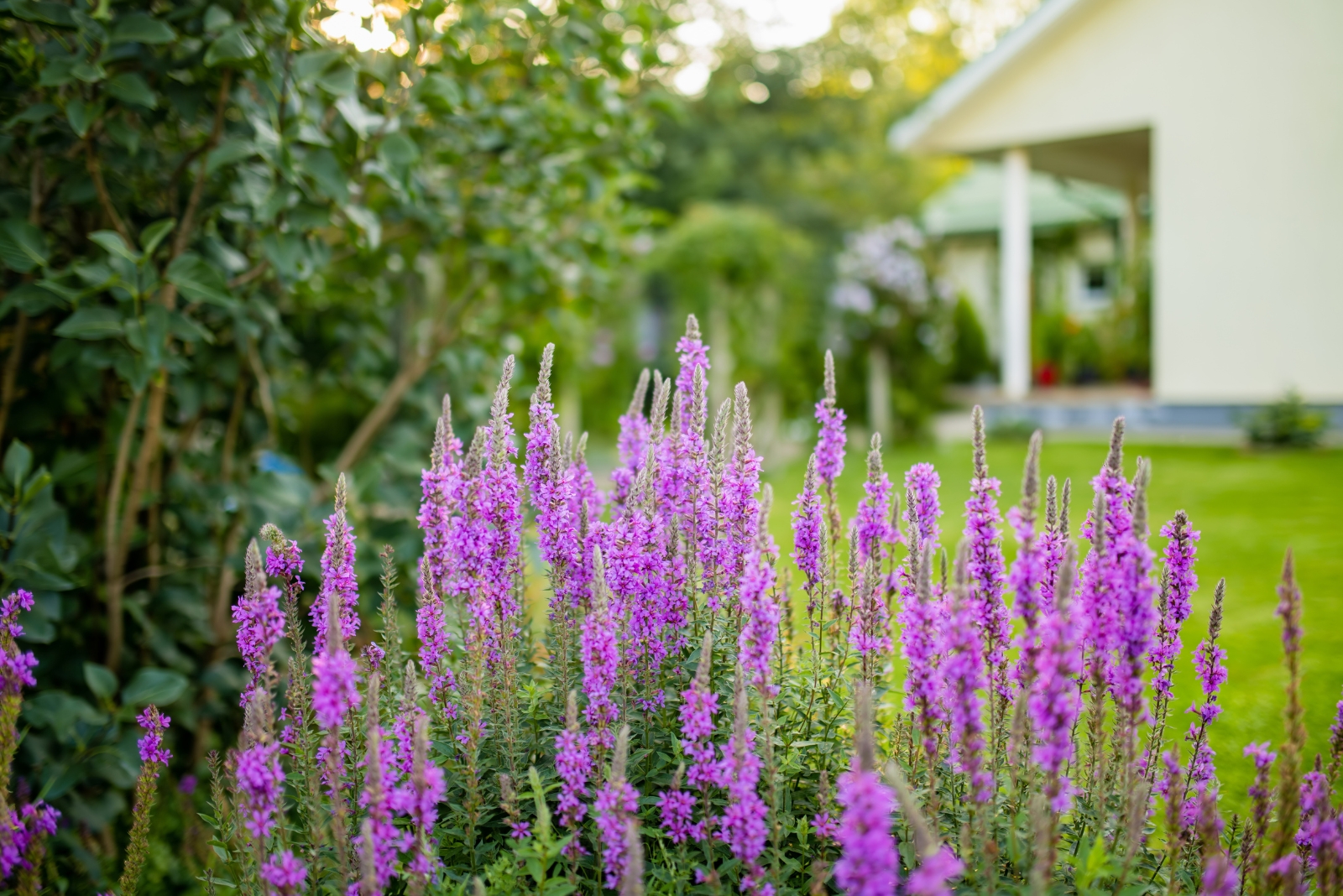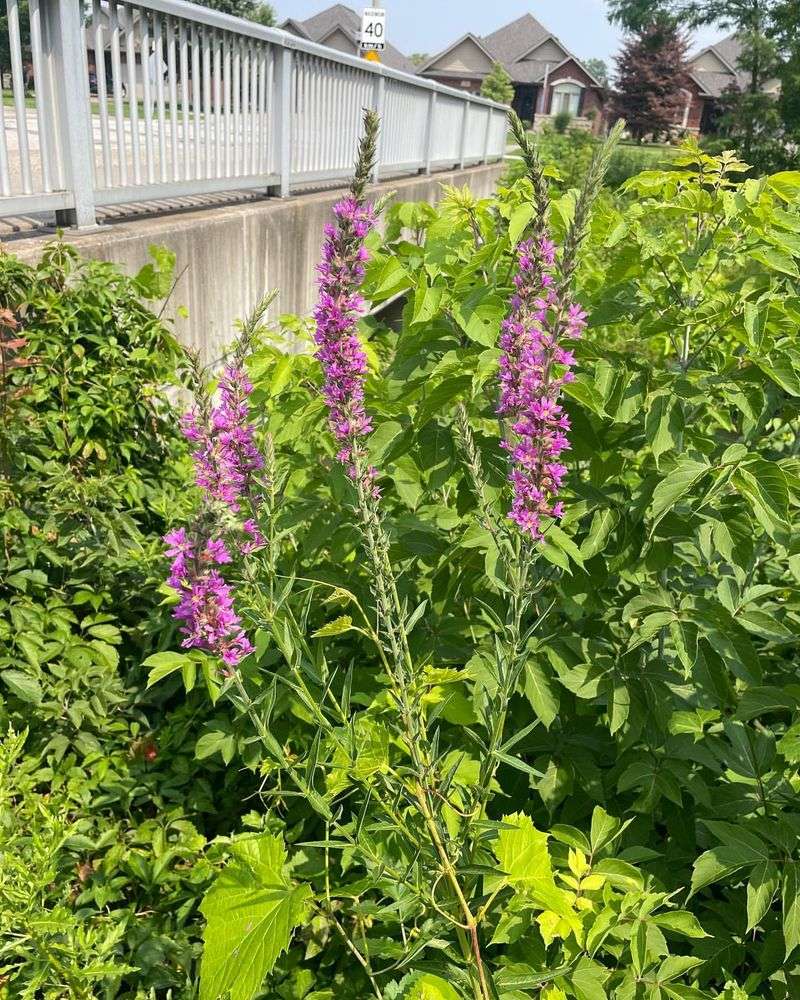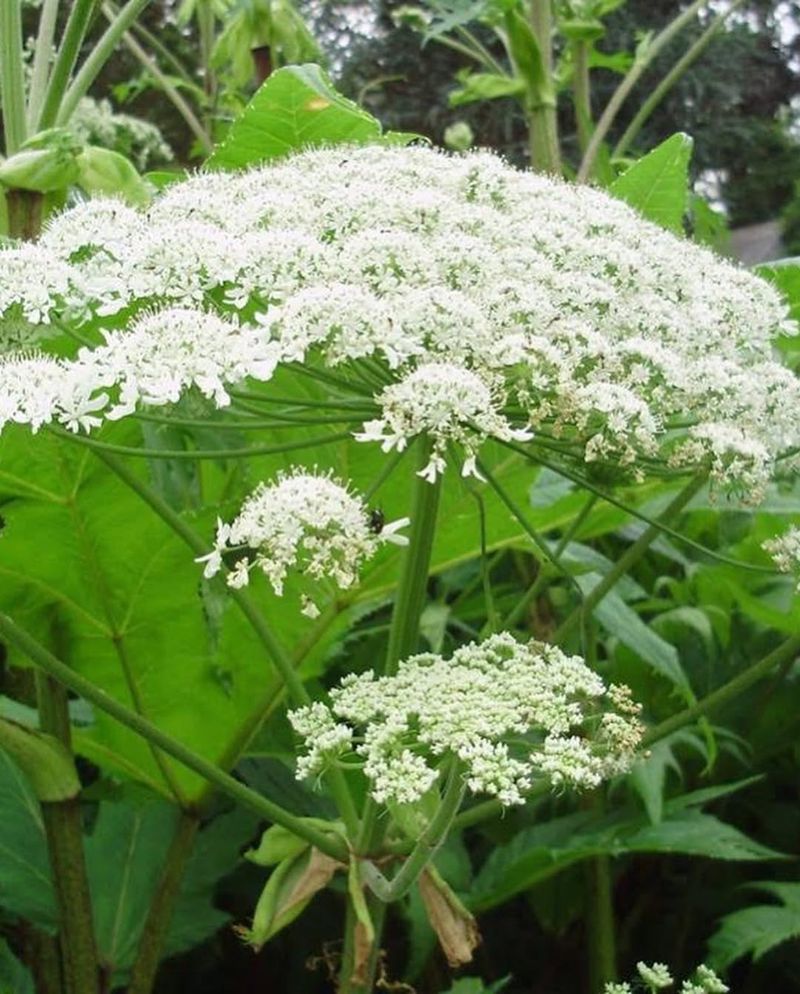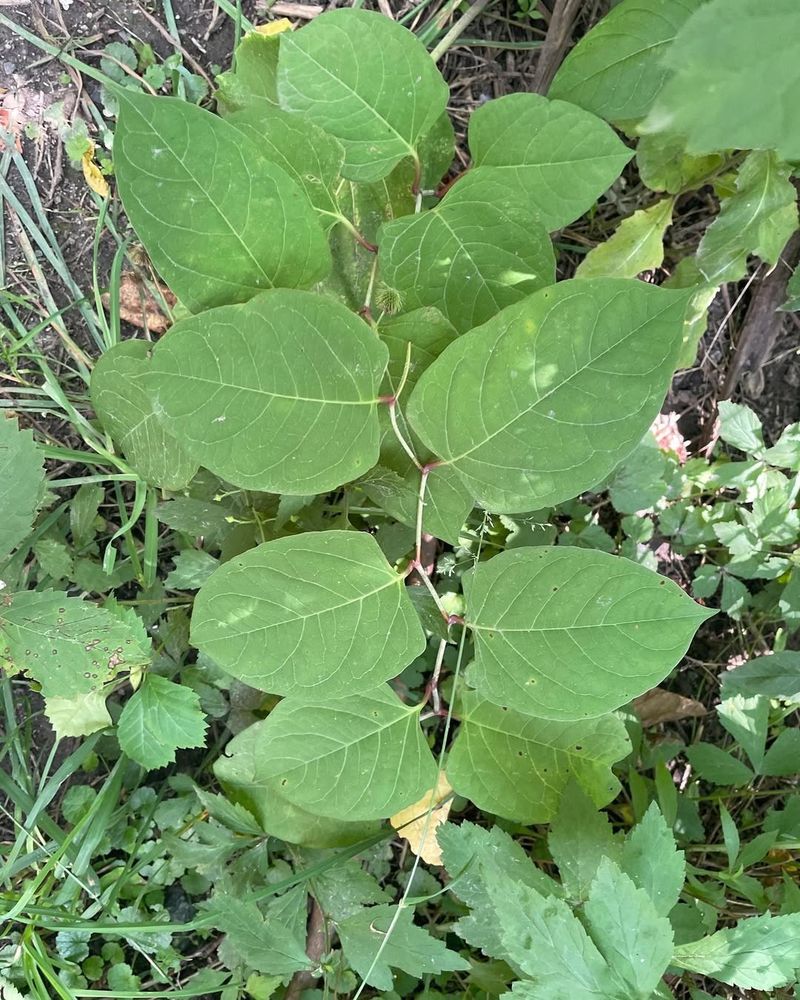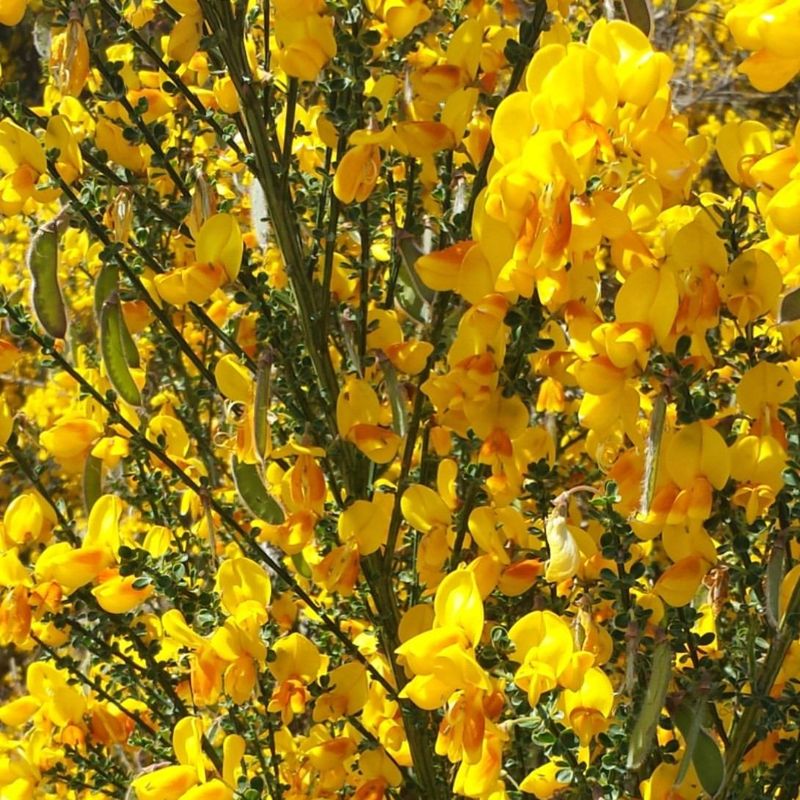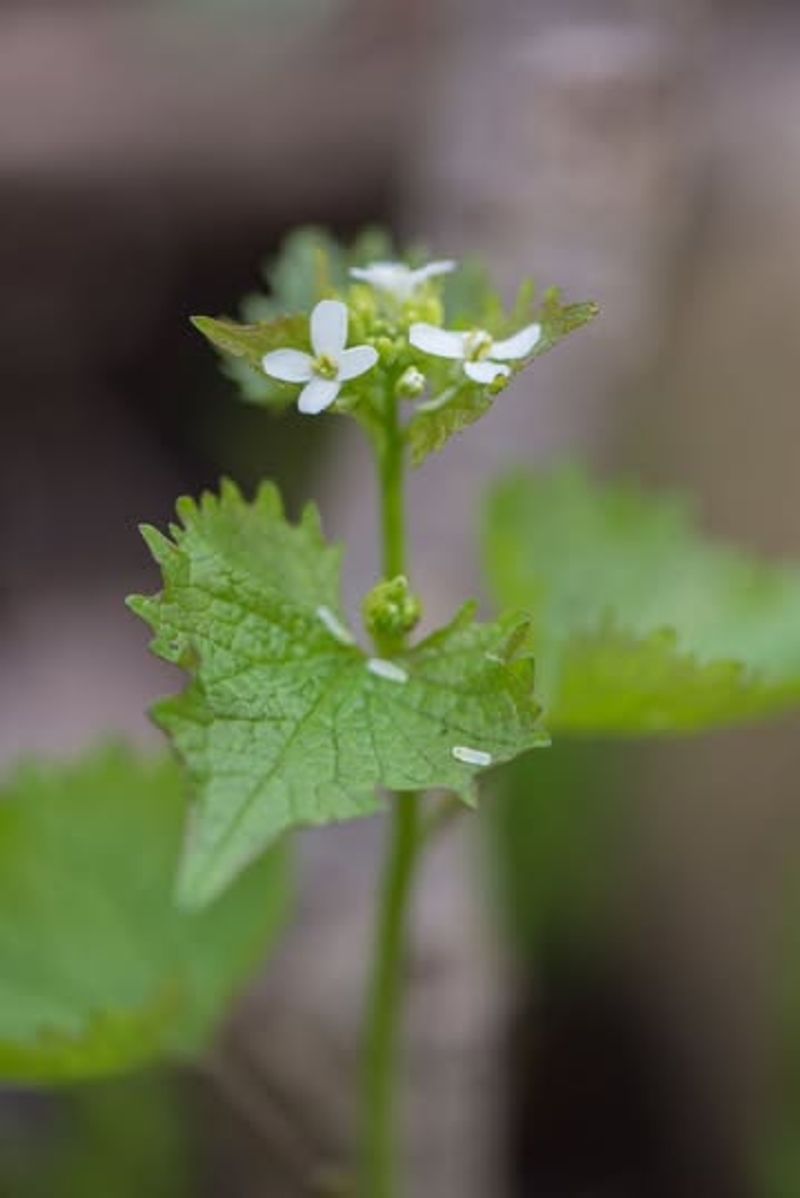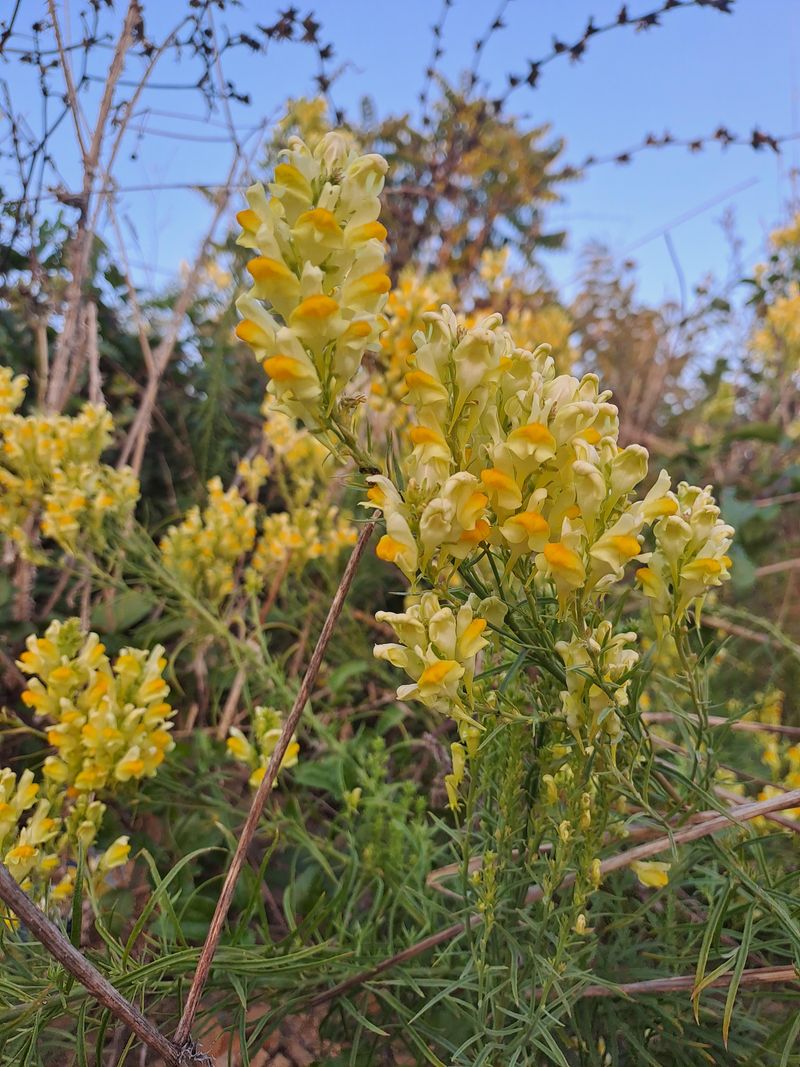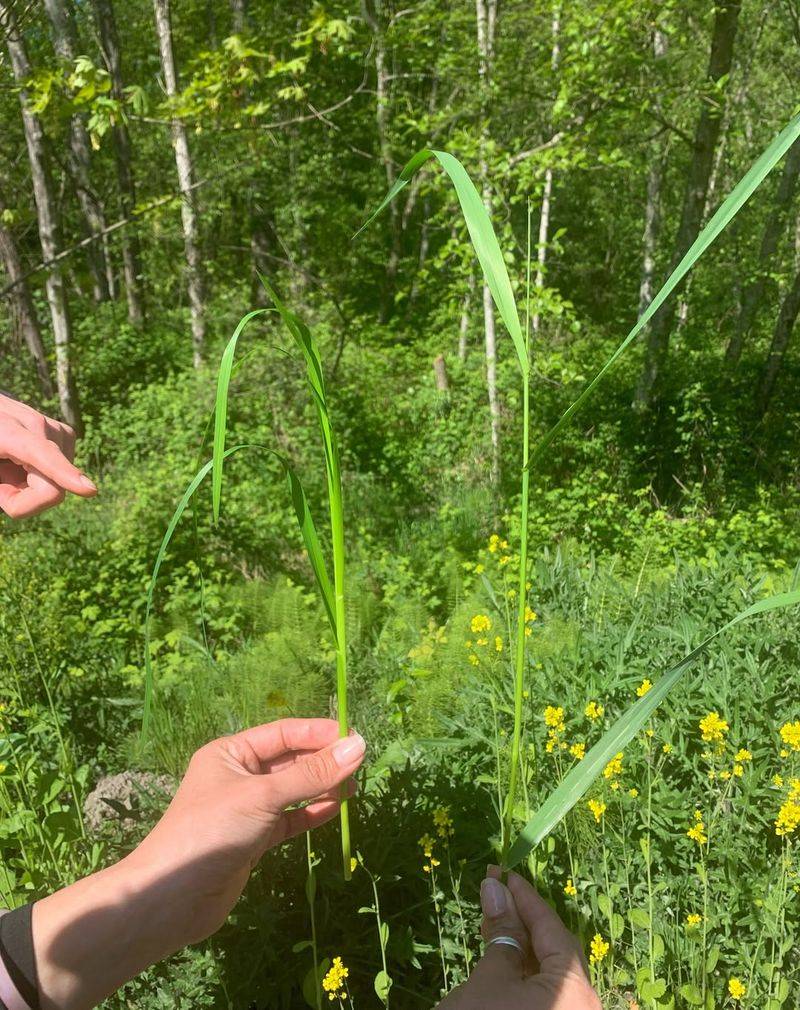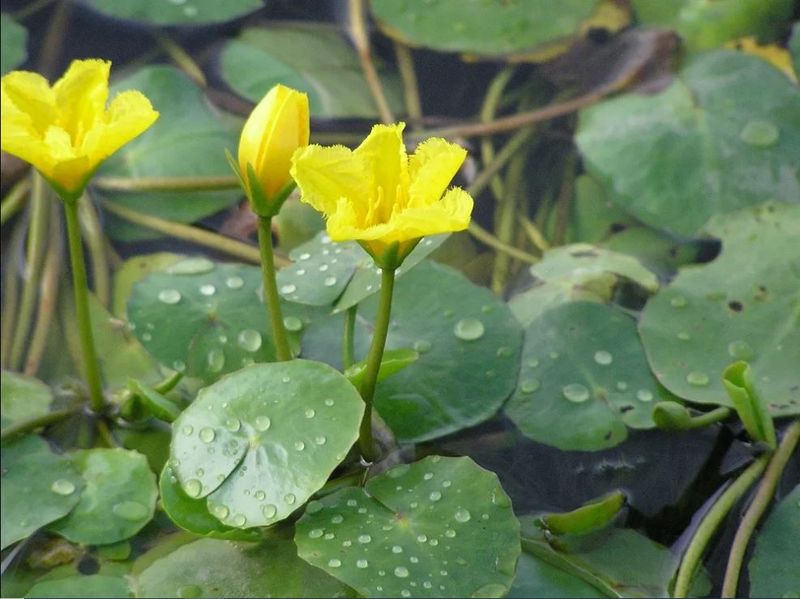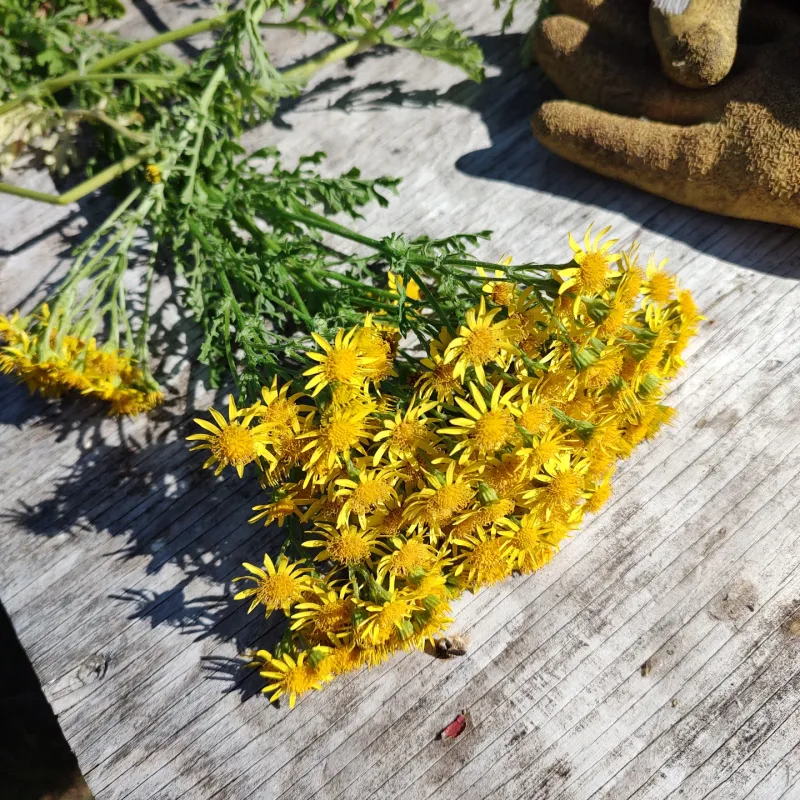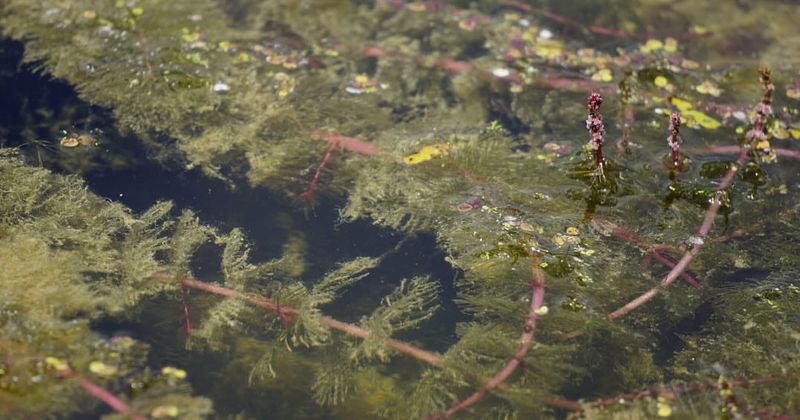Washington has some plants that come with serious rules, and it always surprises people how strict they can be. These species can spread fast or cause damage if they’re moved around.
Knowing which ones are off-limits keeps you out of trouble and helps protect local ecosystems. Take a look at the ones you should never transport.
1. Purple Loosestrife
Beautiful but dangerous, purple loosestrife has caused massive problems in Washington’s wetlands. Its stunning magenta flowers might catch your eye, but this plant chokes out native vegetation and destroys wildlife habitats.
A single plant produces millions of seeds annually, spreading rapidly through waterways. Washington officials prohibit moving this species because it threatens the state’s delicate marsh ecosystems.
If you spot it on your property, contact local authorities for proper removal guidance instead of attempting transport.
2. Giant Hogweed
Standing up to 15 feet tall, giant hogweed isn’t just invasive—it’s genuinely hazardous to human health. The sap contains toxic chemicals that cause severe skin burns and blistering when exposed to sunlight.
Washington has strict quarantine rules because this monster plant spreads aggressively along riverbanks and roadsides. Children are especially vulnerable to accidental contact while playing outdoors.
Never touch or transport this plant; even brushing against it can land you in the emergency room with painful injuries.
3. Japanese Knotweed
With roots that can crack concrete foundations, Japanese knotweed is a homeowner’s nightmare across Washington. This aggressive invader grows incredibly fast, pushing through pavement and building structures with surprising strength.
Moving even tiny root fragments is illegal because they can establish new colonies within days. Washington property values have dropped significantly in areas where this plant takes hold.
Professional removal often costs thousands of dollars, making prevention through transport restrictions absolutely essential for communities.
4. Scotch Broom
Those cheerful yellow flowers lining Washington highways hide a serious ecological threat. Scotch broom crowds out native plants, increases wildfire risk, and depletes soil nutrients wherever it spreads.
Each shrub produces thousands of seeds that remain viable for decades in the soil. Washington restricts transport because this plant has already invaded millions of acres statewide.
Removing it requires cutting below ground level, and moving clippings can accidentally spread seeds to new locations throughout the region.
5. Garlic Mustard
Smelling faintly of garlic when crushed, this innocent-looking plant devastates Washington’s forest floors. Garlic mustard releases chemicals that poison soil fungi, preventing native wildflowers and tree seedlings from growing properly.
It spreads so efficiently that a single plant can colonize an entire woodland within years. Washington forestry officials ban transport because it threatens the state’s valuable timber industry.
Even hikers’ boots can carry seeds between trails, making containment incredibly challenging for conservation teams.
6. Dalmatian Toadflax
Looking like miniature snapdragons, these yellow blooms with orange centers might seem garden-worthy, but they’re actually classified as noxious in Washington. Dalmatian toadflax forms dense mats that prevent native grasses from establishing in rangeland areas.
Livestock won’t eat it, reducing available grazing land for Washington’s agricultural communities. The plant spreads through both seeds and creeping roots, making control extremely difficult.
Transport restrictions help protect the state’s ranching industry from further economic losses caused by this persistent invader.
7. Reed Canarygrass
Towering over native wetland plants, reed canarygrass creates biological deserts in Washington’s marshes. While it looks like ordinary grass, this species forms impenetrable monocultures that eliminate habitat for waterfowl and amphibians.
Its aggressive root system alters water flow patterns and increases flood risk in affected areas. Washington water management agencies restrict movement because it’s already dominated thousands of wetland acres.
Once established, removal requires years of intensive effort, making prevention through transport bans the most practical approach.
8. Yellow Floating Heart
Resembling tiny water lilies, yellow floating heart might look charming in ponds, but Washington considers it a serious aquatic threat. The plant forms thick surface mats that block sunlight from reaching underwater vegetation below.
Fish populations suffocate when these mats deplete oxygen levels in lakes and slow-moving rivers. Washington boaters are prohibited from transporting it because fragments cling to boats and spread between waterways.
Even small pieces can establish new infestations, threatening the state’s recreational fishing and tourism industries significantly.
9. Tansy Ragwort
Bright yellow flowers make tansy ragwort dangerously attractive, but this plant is deadly poisonous to livestock across Washington. Horses and cattle that eat it develop irreversible liver damage, often dying from accumulated toxins over time.
A single plant produces up to 150,000 seeds that spread easily on wind and animal fur. Washington ranchers have lost valuable animals to accidental poisoning in contaminated pastures.
Moving hay or soil containing seeds is illegal because it spreads this killer to new grazing areas.
10. Eurasian Watermilfoil
Beneath Washington’s lake surfaces, Eurasian watermilfoil creates tangled underwater jungles that ruin swimming and boating areas. This aquatic plant grows up to ten feet long, forming dense canopies that make water recreation nearly impossible.
It spreads through tiny stem fragments that attach to boat propellers and fishing equipment. Washington lake communities spend millions annually fighting infestations that destroy property values.
Transporting boats without thorough cleaning between water bodies is restricted to prevent spreading this persistent nuisance further.
11. English Ivy
Climbing gracefully up Washington trees, English ivy seems picturesque until you realize it’s slowly strangling the forest. The vines add dangerous weight to branches, causing trees to collapse during windstorms and heavy snow.
Ground covers of ivy prevent native seedlings from regenerating, gradually aging forests without replacement growth. Washington forestry experts restrict transport because it’s escaped from countless gardens into wild areas.
Removing established ivy requires careful work to avoid damaging valuable timber trees throughout the state.
12. Butterfly Bush
Despite its pollinator-friendly name, butterfly bush is actually restricted in Washington because it displaces native plants that provide better wildlife nutrition. The shrub produces millions of seeds that colonize riverbanks, disrupting natural vegetation patterns.
While butterflies visit the flowers, they don’t benefit as much as from native alternatives. Washington ecologists worry about its spread into sensitive riparian zones.
Newer sterile cultivars are sometimes allowed, but transporting older seed-producing varieties between counties violates state regulations designed to protect ecosystems.

